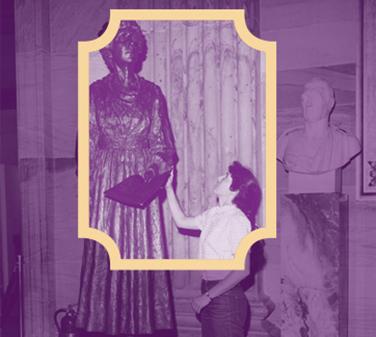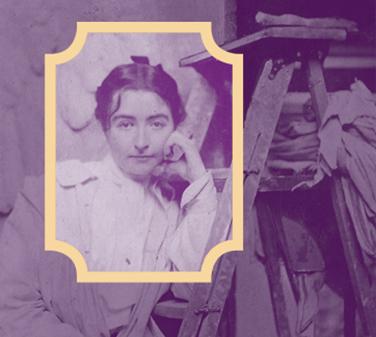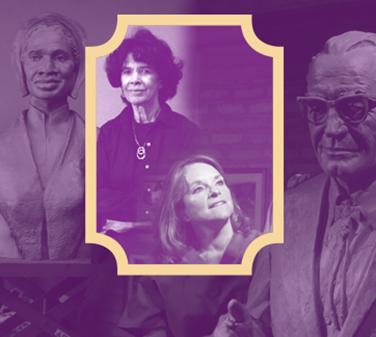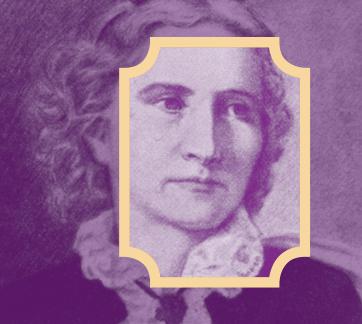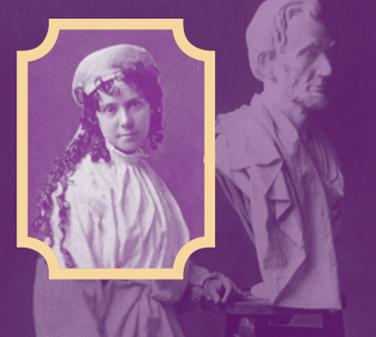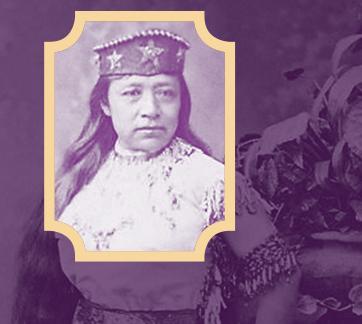Elisabet Ney and Women’s Dress Reform
Listen to our podcast on your favorite podcast platform: Apple Podcasts, Google Podcast, Spotify, Anchor.fm, Breaker, Pocket Casts.
Using Internet Explorer or Microsoft Edge, listen on RadioPublic.
Women who chiseled out a place for themselves in the international art world in the 1800s faced a series of contradictions. With marble sculpting, there was a perceived divide between the “genius” of the artist who shaped the model and the “ability” of the craftsmen who cut the stone. Women were often thought to be too frail to do either effectively. Yet when the work they produced was praised for its genius, accusations would arise that it was actually the work of their assistants.
The way that women were expected to dress severely limited their mobility and physical endurance. It is no wonder that those who worked in clay and marble were among the first to reject the conventions of fashion that constrained them. Many sculptors styled themselves in looser, lighter gowns, preferably white to hide the dust. German-American artist Elisabet Ney, unconventional in many ways, took it one step further.
Guest Speaker: Jacquelyn Delin McDonald, Art Historian
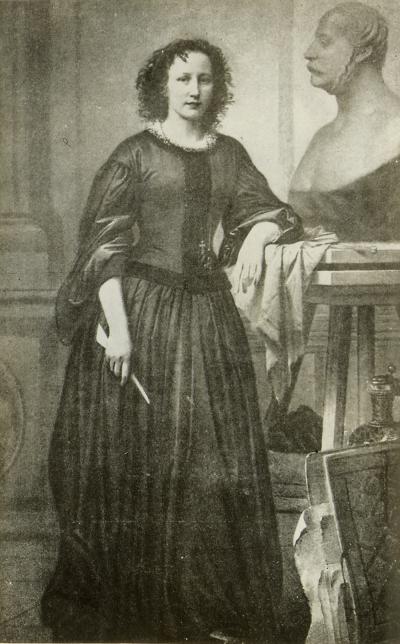 Elisabet Ney (1833-1907)
Elisabet Ney (1833-1907)
Courtesy of the Architect of the Capitol
Ney was the first female sculptor to create two statues for the same state for the National Statuary Hall Collection: the marble statues of Stephen F. Austin and Sam Houston given by the state of Texas in 1905. Ney’s hair, worn short for the time period, can be seen in this portrait.

The bicycle – the great dress reformer of the nineteenth century! / Ehrhart
Elisabet Ney wrote of the attention she attracted when she appeared in her unconventional clothing, which may have looked something like this.
Ehrhart, S. D. , Artist.
N.Y.: Published by Keppler & Schwarzmann
August 7, 1895
Photograph Retrieved from the Library of Congress
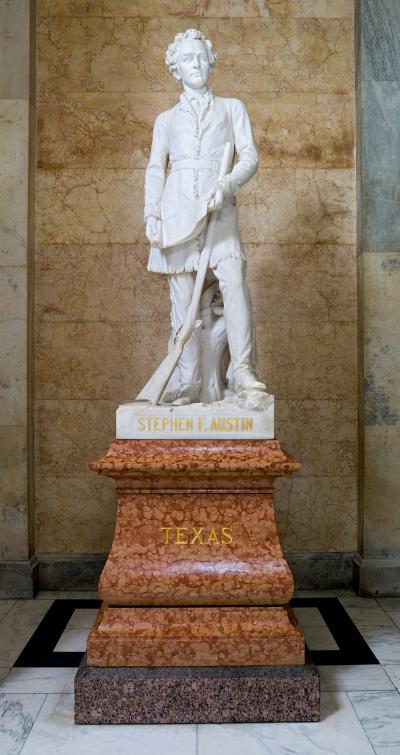 Stephen F. Austin, (1793-1836)
Stephen F. Austin, (1793-1836)
Courtesy of the Architect of the Capitol
Known as the founder of the state of Texas, Austin presided at the Texas convention, which resulted in the Texas Revolution on October 2, 1835. He reluctantly accepted the nomination for president of the Republic of Texas in June 1836. He lost to Sam Houston, who appointed him secretary of state.

Sam Houston, (1793-1863)
Courtesy of the Architect of the Capitol
After representing the state of Tennessee in Congress, Houston served as president of the Texas Republic from 1836 to 1838 and from 1841 to 1845.
In 1845, when Texas joined the Union, he was elected to the U.S. Senate. He served until 1859.

